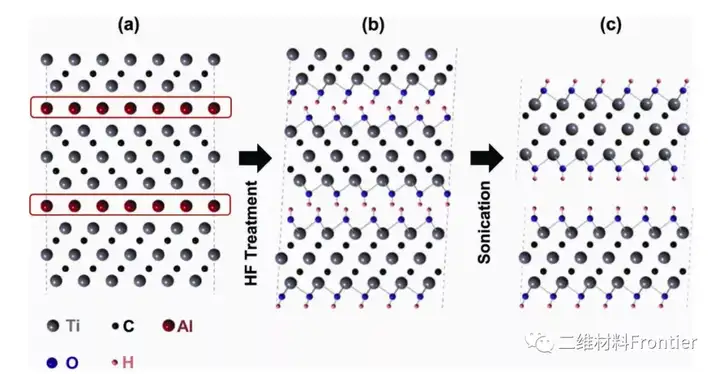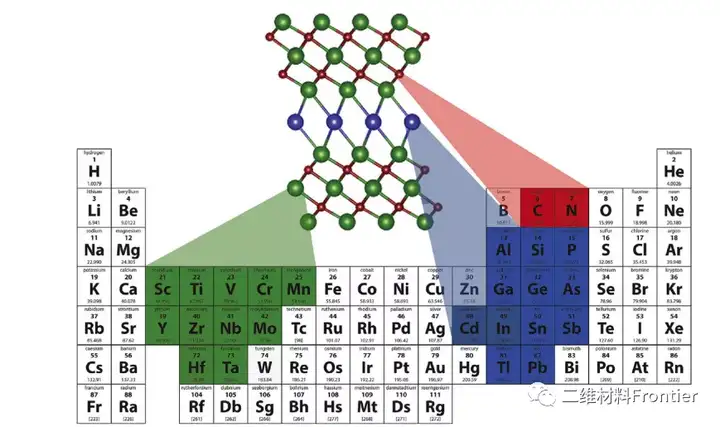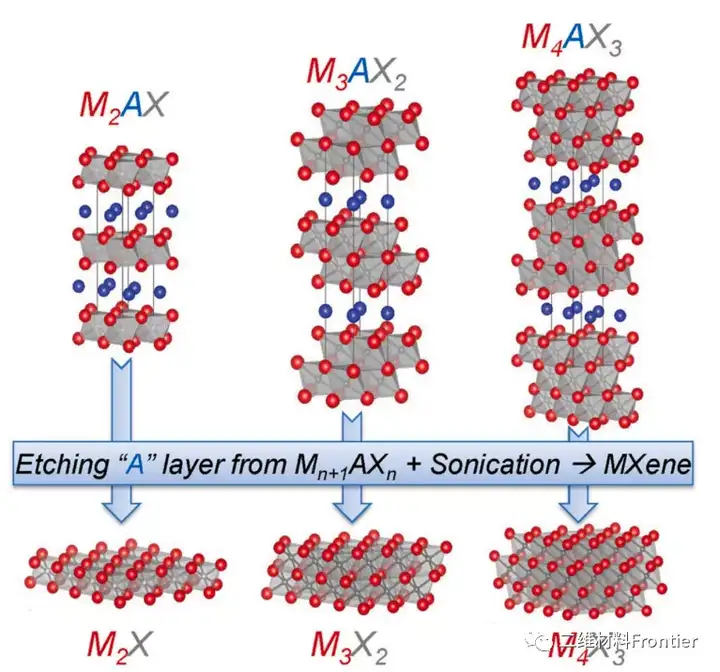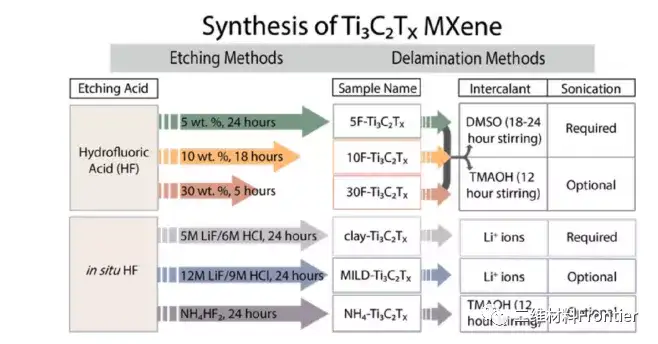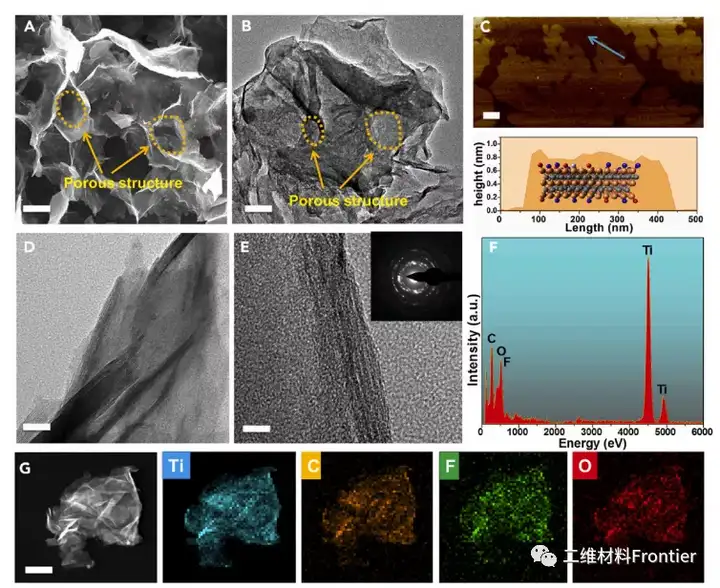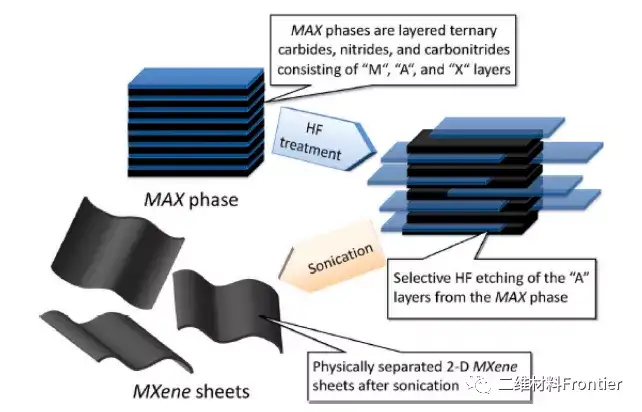已传文件:photo/1631586161.png
1. Article overview
The best physical and chemical properties of MXenes, including high electrical conductivity, high surface area, high functionality, hydroxide sites and other interesting properties, have recently aroused scientists attention in the application of MXene Mn+1XnTx-based nanomaterials to water. Notice.
In order to provide a complete and comprehensive status quo, to improve processing performance, and to stimulate new research in this field, this article reviews these new two-dimensional transition metal carbide desalination and MXenes general manufacturing methods; therefore, MXene-based nanomaterials are a desalination process It is a very effective candidate material, the article reviews the past and current work on the main application of MXenes in this field and conducts appropriate research. In addition, the different properties of MXenes in seawater desalination are introduced in detail, such as etching, hydrophobicity, structural modification, chemical modification, etc.; at the same time, MXenes and its matrix composite materials have many excellent properties compared with other two-dimensional materials. It is an excellent candidate material in the field of water purification and environmental remediation in the future.
Two, graphic guide
Shown in Figure 1. Schematic diagram of the first MXene synthesized from Ti3AlC2.
As shown in Figure 2. A known element in the periodic table that forms the Mn+1AXn phase.
Shown in Figure 3. The structure of the MAX phase and the corresponding MXenes.
Shown in Figure 4. The synthesis route of DL-Ti3C2Tx prepared by direct HF method and in-situ HF method.
Shown in Figure 5. Characterization of porous Ti3C2Tx system structure.
Shown in Figure 6. A schematic diagram describing the synthesis of MXenes from the MAX phase.
3. Full text summary
In the past ten years, people have paid more and more attention to MXenes-2D transition metal carbide or mxene-based materials due to its interdisciplinary applications. High, high redox capacitance and remarkable electrochemical and electrocatalytic performance. At the same time, MXenes has made a very significant contribution to improving the desalination process and provides various opportunities. Its large surface area is used to maximize salt Of electric adsorption. In addition to several advantages of these materials, they are still in the early stages of development, and today s scientists are conducting new research to obtain a low-cost, environmentally friendly preparation process. In this article, we discussed and developed mxenen-based desalination materials, and related research discussed the specific applicability of mxenen-based desalination materials. It also pointed out various synthetic methods, including the related shortcomings of these methods. These methods are based on hazardous reagents, such as HF, which may cause serious health and environmental problems.
Article link:
https://doi.org/10.1016/j.envres.2021.111845
This information is sourced from the Internet for academic exchanges only. If there is any infringement, please contact us to delete it immediately.


